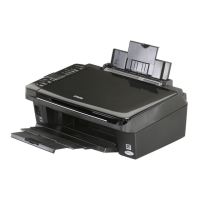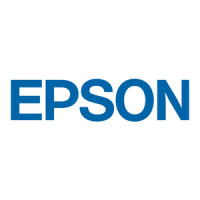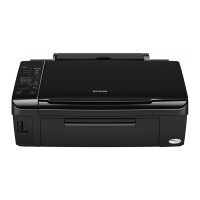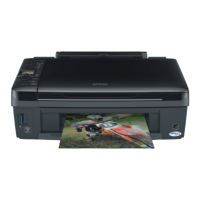A-2 Tips for Color Printing
Basics of Color
This section describes the basic properties of color, the
relationships between colors, and how to use color to improve the
quality of your printed documents.
Properties of color
Color is composed of three properties: hue, saturation, and
brightness.
Hue
The name of the color, such as red, blue, or violet. The circle that
represents the relationship between all hues is called the hue
circle.
Saturation
The vividness of the color. This represents the amount of gray in
proportion to the hue.
Brightness
The relative lightness or darkness of the color.
The method for representing these properties is called the
Munsell renotation color system. The hue circle and the Munsell
renotation color system are useful to understand the properties
of color.
Synchronizing monitor colors and printer colors
Your printer produces images by printing tiny patterns of ink dots
on paper. It uses the colors cyan (C), magenta (M), yellow (Y), and
black (K) to create a blending effect that creates millions of colors.
This type of color, produced by pigments that absorb some colors
of light and reflect others, is called subtractive.

